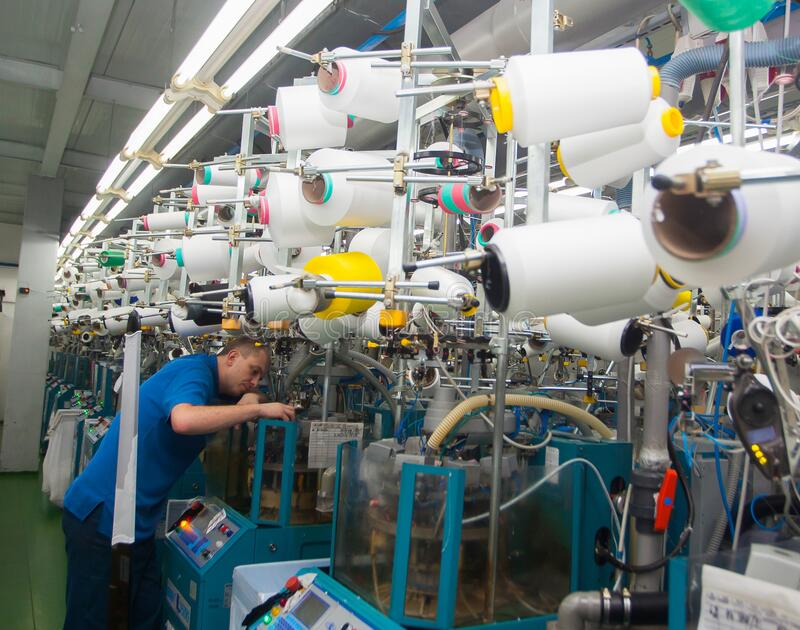Weaving machinery has been an important technology in the textile industry for thousands of years. The following is a brief overview of the development history and direction of weaving machinery:
- Early weaving technology: The earliest known weaving technology dates back to the Neolithic period, with evidence of woven textiles found in ancient civilizations such as Egypt, China, and India.
- Industrial revolution: The industrial revolution in the 18th and 19th centuries brought significant advancements in weaving technology, with the invention of power looms and other mechanized weaving machines that increased productivity and efficiency.
- Automatic weaving machines: In the 20th century, automatic weaving machines were developed, which further increased the speed and accuracy of the weaving process. These machines used electronic controls and sensors to automate the weaving process and reduce labor costs.
- Computerized weaving machines: Today, computerized weaving machines are the most advanced form of weaving technology. These machines use computer-aided design (CAD) and computer-aided manufacturing (CAM) software to design and produce complex woven structures with high precision and accuracy.

The development direction of weaving machinery is focused on improving efficiency, reducing costs, and producing high-quality woven products. Some of the key trends and innovations in weaving machinery include:
- Advanced materials: Weaving machinery is being developed to work with a wider range of materials, including high-performance fibers, composites, and nonwoven fabrics.
- Automation and robotics: The use of automation and robotics in weaving machinery is increasing, leading to improved efficiency and reduced labor costs.
- Smart technology: Weaving machinery is being developed with smart technology, such as sensors and data analytics, to improve quality control and optimize the weaving process.
- Sustainable weaving: There is a growing focus on developing weaving machinery that is more environmentally sustainable, with reduced energy consumption and waste.

In short, the development history and direction of weaving machinery has been focused on improving efficiency, productivity, and quality, while also incorporating new materials and technologies to meet the evolving needs of the textile industry.